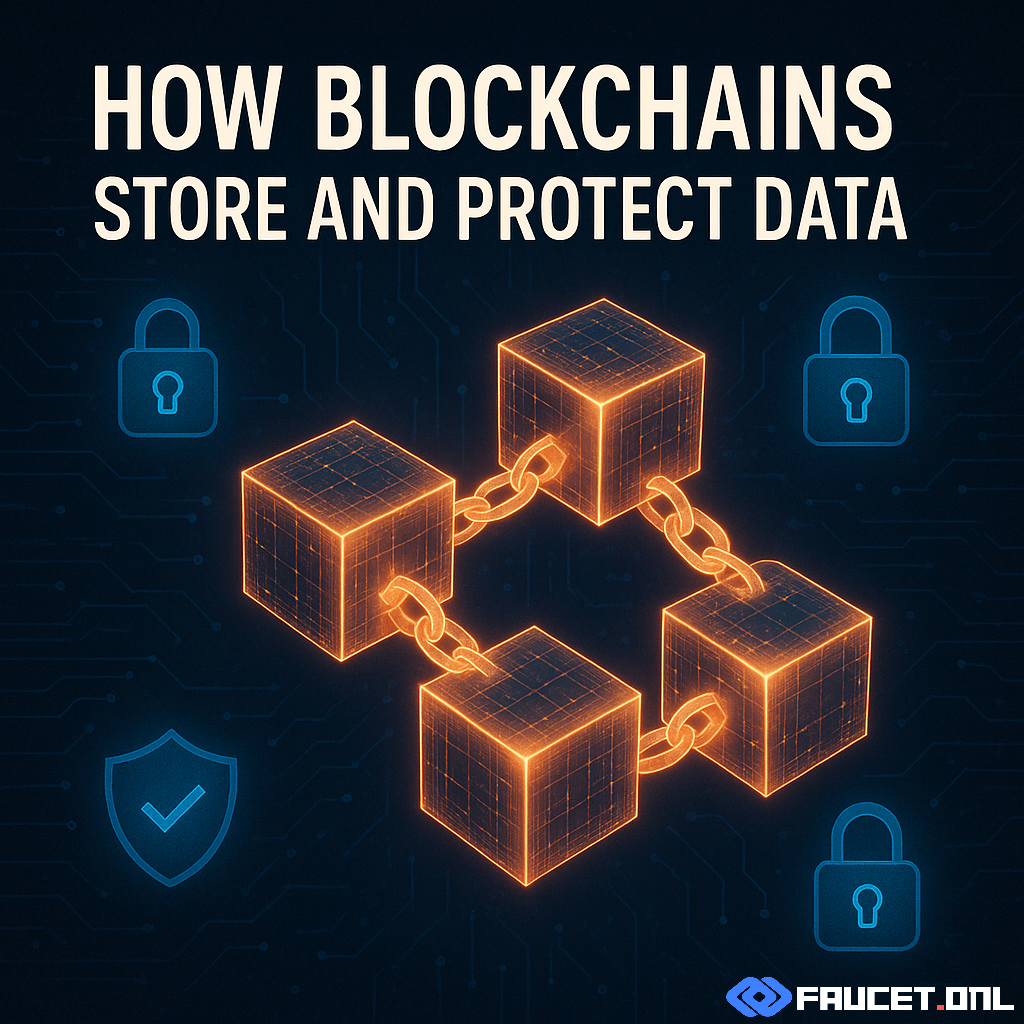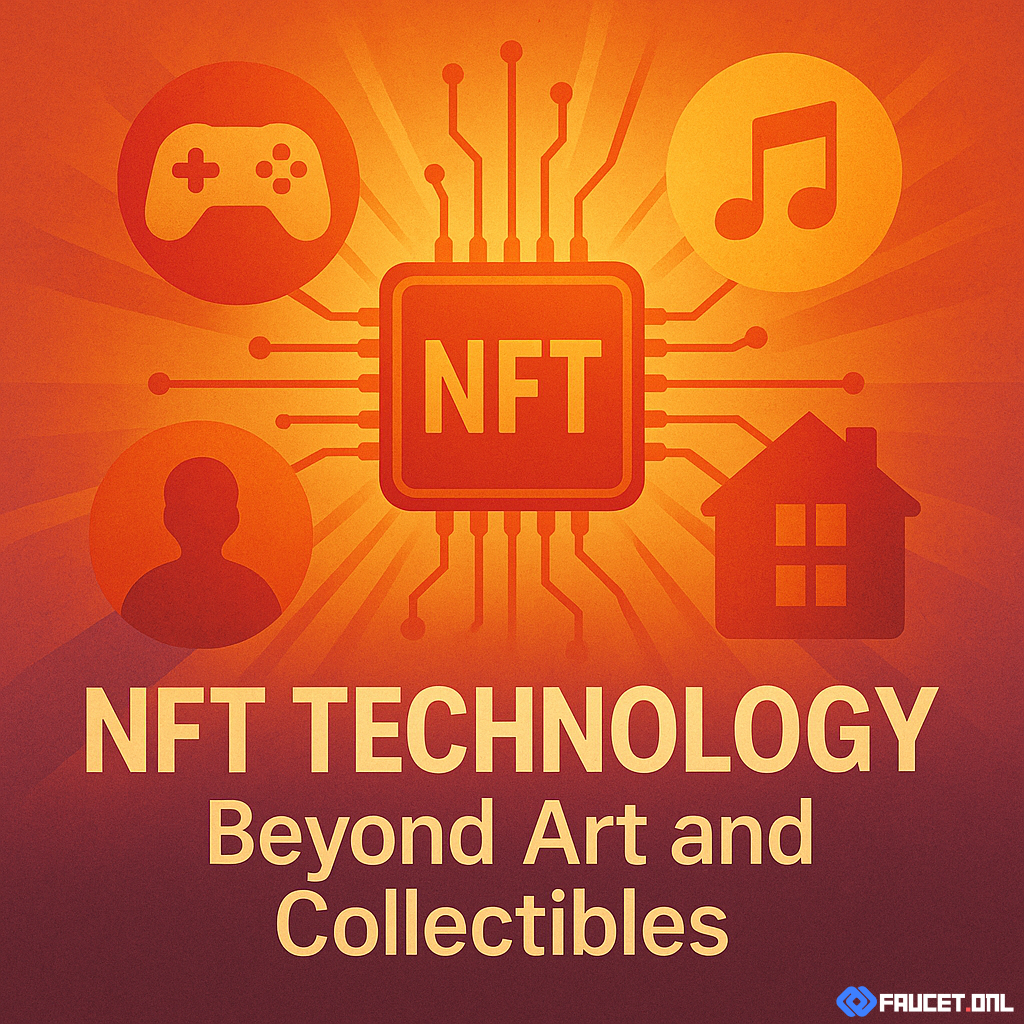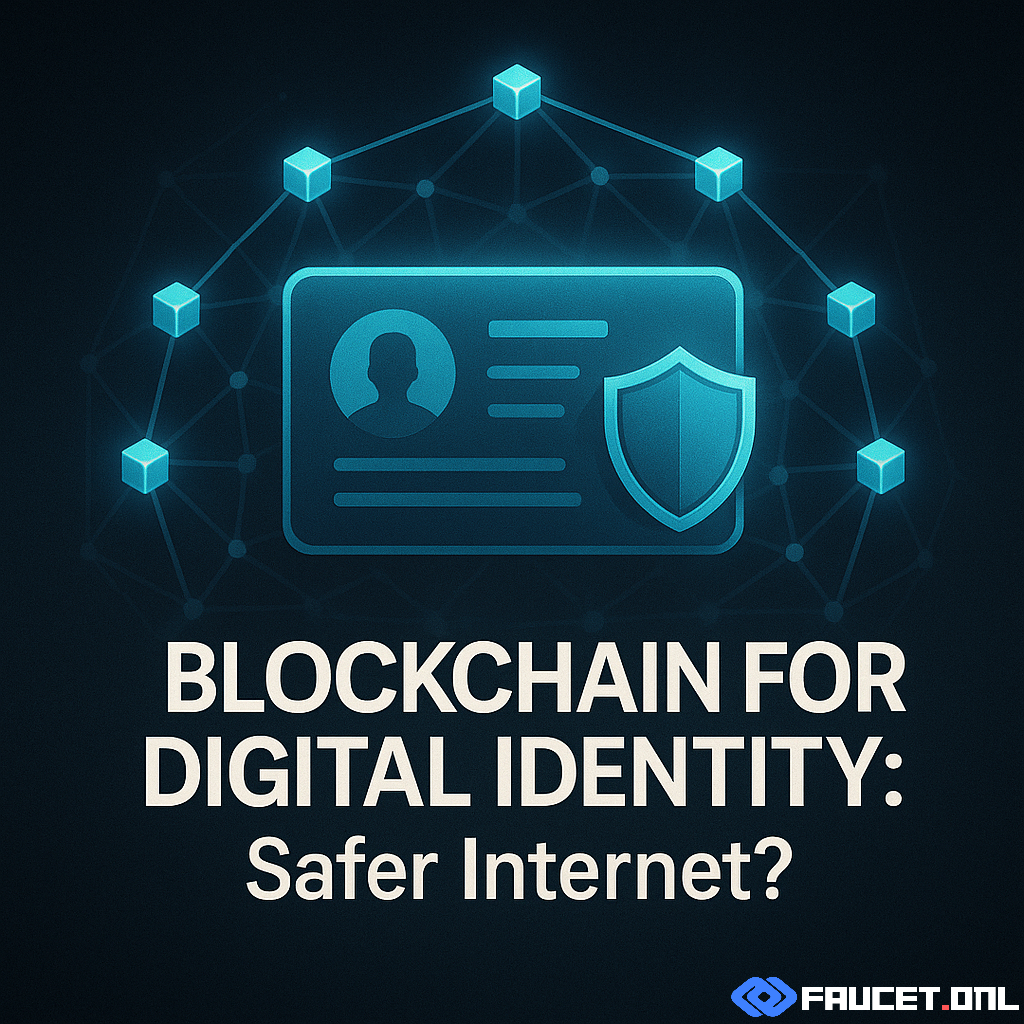Data on Blockchain
Blockchains function as distributed digital ledgers designed to securely record transactions, contracts, and other types of data. Unlike centralized databases, where data is stored on a single server or controlled by one entity, blockchains distribute identical copies of data across a network of independent computers (nodes). This approach ensures that no single party can unilaterally manipulate or erase records, fostering transparency and trust.
While the term "blockchain" is often synonymous with cryptocurrencies, the technology’s use cases extend far beyond digital money. Blockchains are now employed to record supply chain events, intellectual property, healthcare records, identity credentials, and more. The key appeal is their promise of immutability: once data is added, altering or deleting it becomes nearly impossible without consensus from the majority of network participants.
How It’s Stored
Blockchain storage hinges on a unique structure—data is grouped into sequential blocks, each cryptographically linked to the previous one, forming a chain. When a new piece of data (such as a transaction) is created, it is bundled with other recent data into a block. This block is then validated by the network and appended to the chain in a linear, chronological order.
Inside each block, you’ll typically find:
- Transaction/Data Records: The actual payload, such as transfers, contracts, or metadata.
- Timestamp: The time when the block was created, establishing a verifiable record.
- Previous Block Hash: A cryptographic fingerprint linking the block to its predecessor, creating a tamper-evident chain.
- Nonce: A random value used in the mining process (especially in proof-of-work systems).
- Merkle Root: A hash representing all transactions within the block, enabling efficient and secure verification.
Each node in the network maintains its own copy of the entire blockchain. When new data is added, nodes update their records simultaneously, ensuring redundancy and high availability. This decentralized architecture makes blockchains extremely resilient to outages, hacks, or data corruption.
Security Features
Blockchains achieve data protection through multiple layers of security mechanisms:
- Cryptographic Hashing: Every block contains a hash—a unique, fixed-length output generated from the block’s contents. Changing any part of the data alters the hash, immediately exposing tampering attempts.
- Digital Signatures: Users sign transactions with private keys, providing proof of authenticity and non-repudiation. Only the holder of the corresponding private key can authorize data entry.
- Consensus Protocols: Before a new block is added, network nodes must agree on its validity (e.g., proof-of-work, proof-of-stake). This makes it difficult for malicious actors to unilaterally modify records.
- Decentralization: Because data is distributed across many nodes, taking over or corrupting the network requires compromising a majority of participants—an impractical task for large blockchains.
- Immutability: Once a block is added, altering past data requires rewriting all subsequent blocks and gaining majority approval, making fraud or retroactive manipulation computationally unfeasible.
Together, these features establish blockchains as a gold standard for digital integrity, enabling secure storage of sensitive data without relying on centralized authorities.
Challenges
Despite their robust security, blockchains face several challenges related to data storage and protection:
- Scalability: As every node must store a full copy of the blockchain, data requirements grow rapidly, raising concerns about storage costs and network efficiency.
- Privacy: Public blockchains are transparent by design, but this can conflict with confidentiality needs. Solutions like encryption and permissioned chains help, but privacy remains a complex issue.
- Data Permanence: The immutability of blockchains makes removing erroneous or outdated data extremely difficult, creating challenges for compliance with data protection laws (e.g., GDPR).
- Performance: Consensus mechanisms and decentralized validation introduce latency, making blockchains slower than centralized databases for high-throughput applications.
- Cost: Especially on proof-of-work chains, data storage and transaction validation can be energy-intensive and expensive.
Addressing these issues is crucial for wider blockchain adoption, particularly in enterprise and data-sensitive sectors.
Future Trends
Innovation in blockchain data storage and protection is moving rapidly. Key trends shaping the future include:
- Zero-Knowledge Proofs (ZKPs): Advanced cryptographic techniques that enable users to prove knowledge of data or credentials without revealing the underlying information, enhancing privacy and scalability.
- Sharding: Splitting the blockchain into smaller, manageable segments (“shards”) to boost scalability and reduce storage burdens on individual nodes.
- Off-Chain and Layer-2 Solutions: Techniques that process or store data outside the main blockchain to improve speed and reduce on-chain storage demands, while maintaining core security guarantees.
- Hybrid and Permissioned Blockchains: Systems that blend public transparency with private access controls to better serve regulated industries or sensitive data use cases.
- Automated Data Lifecycle Management: Future chains may offer mechanisms to expire, compress, or archive old data without sacrificing security or traceability.
As these technologies mature, blockchains will become even more viable as secure, flexible, and efficient data stores for a variety of applications.
Conclusion: Blockchain as Secure Data Infrastructure
Blockchains offer a compelling paradigm shift in data storage and protection by combining decentralization, cryptography, and consensus. While significant challenges remain—especially around scalability and privacy—the pace of innovation is rapid. For those seeking robust digital integrity, blockchains represent a forward-looking solution poised to redefine how we secure, share, and trust information in the digital age.



